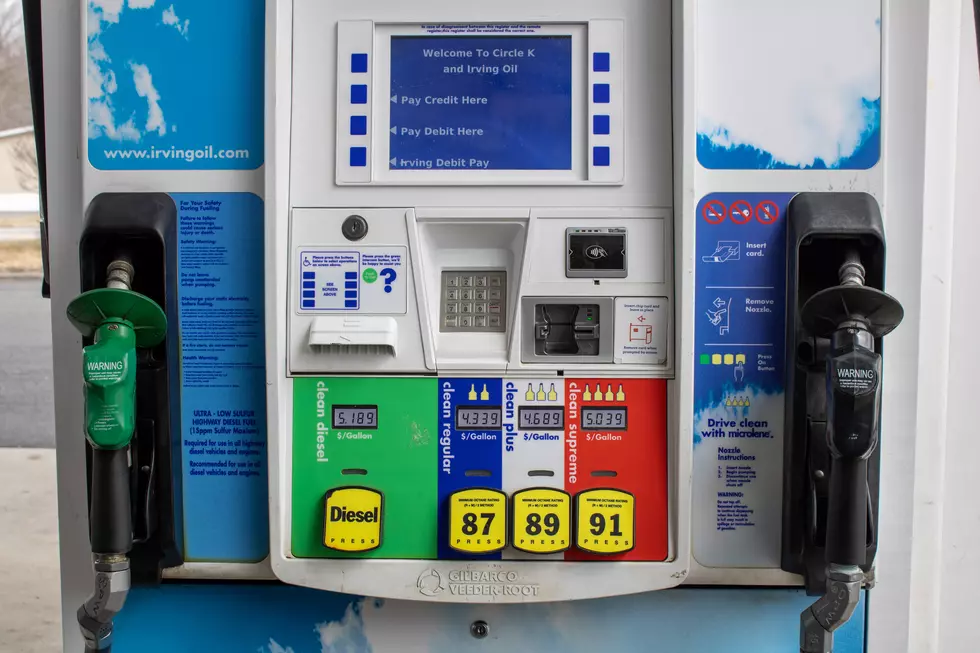
Experts Say Gas Guzzling Over
After seven decades of mostly uninterrupted growth, U.S. gasoline demand is at the start of a long-term decline. By 2030, Americans will burn at least 20 percent less gasoline than today, experts say, even as millions of more cars clog the roads.
The country's thirst for gasoline is shrinking as cars and trucks become more fuel-efficient, the government mandates the use of more ethanol and people drive less.
"A combination of demographic change and policy change means the heady days of gasoline growing in the U.S. are over," says Daniel Yergin, chairman of IHS Cambridge Energy Research Associates and author of a Pulitzer Prize-winning history of the oil industry.
This isn't the first time in U.S. history that gasoline demand has fallen, at least temporarily. Drivers typically cut back during recessions, then hit the road again when the economy picks up. Indeed, the Great Recession was the chief reason demand fell sharply in 2008.
But this time looks different. Government and industry officials — including the CEO of Exxon Mobil — say U.S. gasoline demand has peaked for good. It has declined four years in a row and will not reach the 2006 level again, even when the economy fully recovers.
More From 99.9 KTDY


![Plaquemines Parish Sheriff’s Unit Pulls Gas Hose and Nozzle From Pump [PHOTO]](http://townsquare.media/site/29/files/2023/07/attachment-Screen-Shot-2023-07-28-at-6.36.25-PM.jpg?w=980&q=75)
![Hilarious Sign Posted on Door of Lafayette Gas Station [PHOTO]](http://townsquare.media/site/33/files/2021/10/attachment-jean-christophe-gougeon-t8bDFvkhNQY-unsplash.jpg?w=980&q=75)





